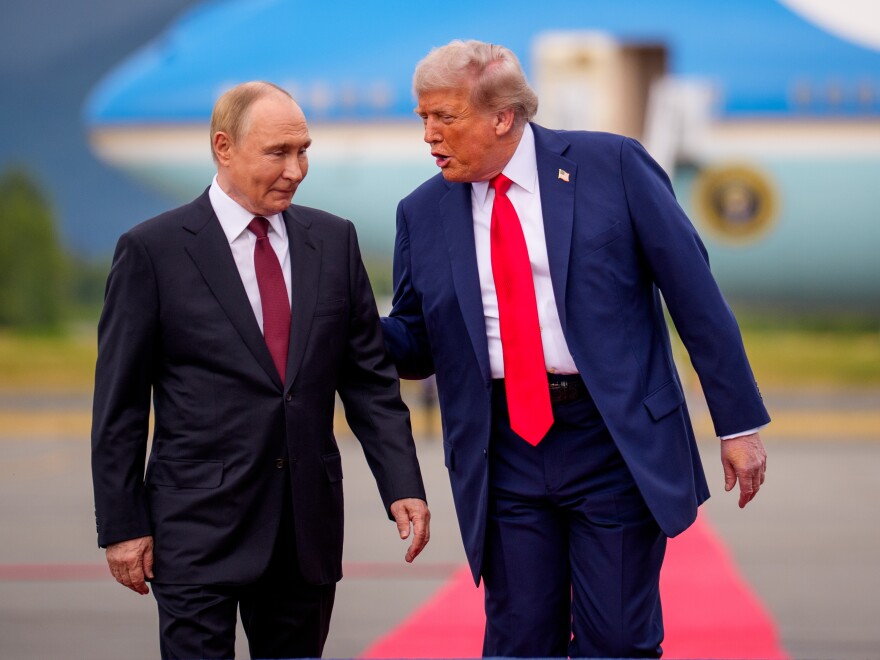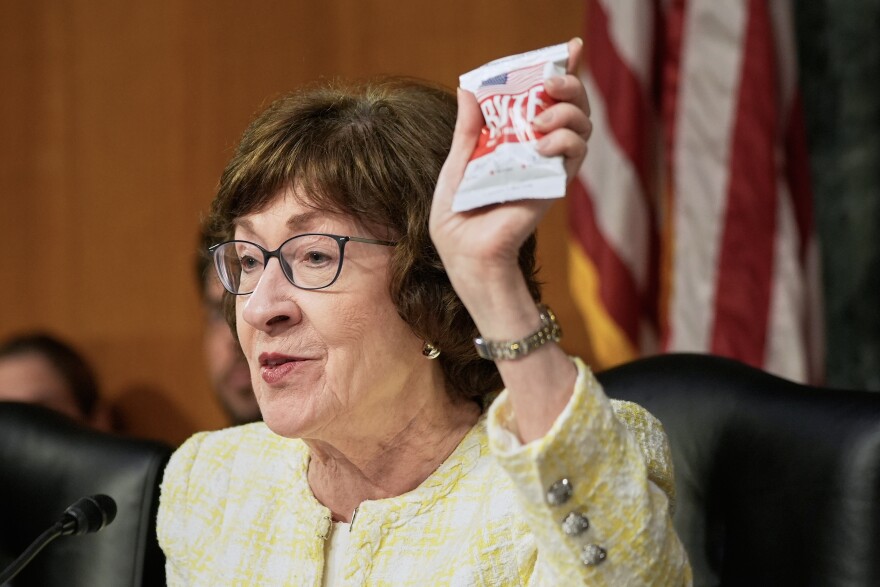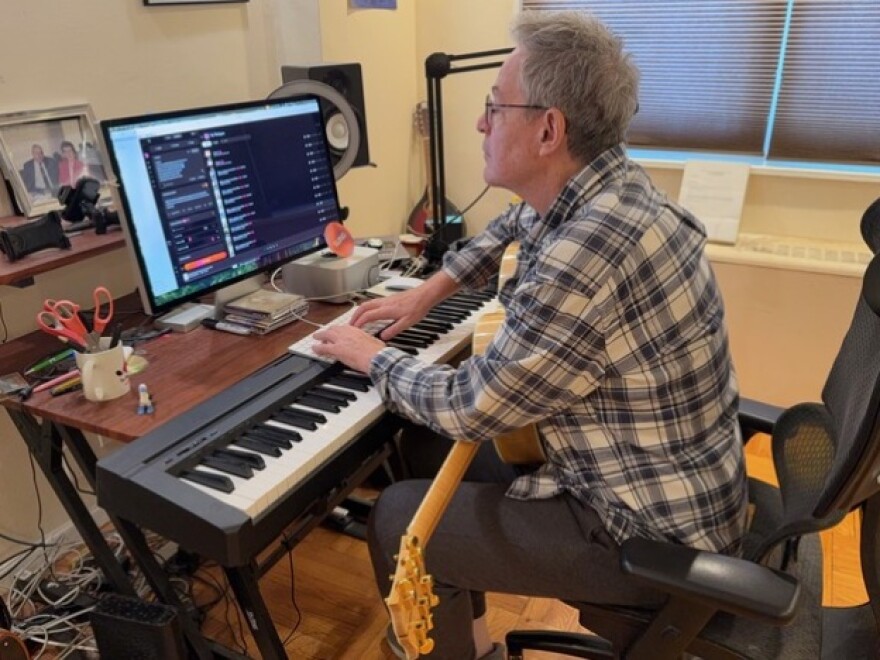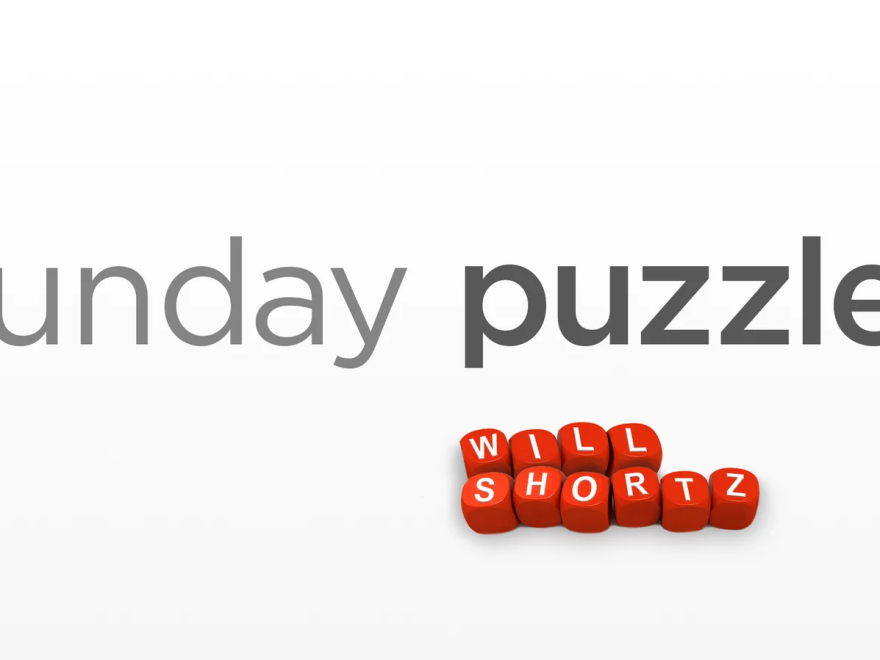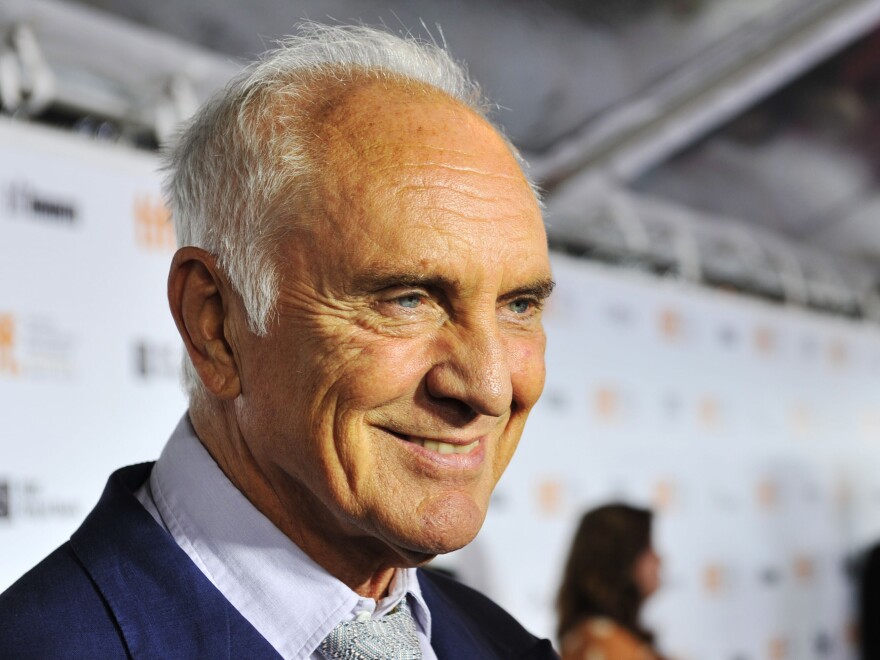KYIV President Trump stated that a ceasefire was the primary objective while he was heading to Alaska for his summit with Russian leader Vladimir Putin. If it didn’t, he claimed, he would be dissatisfied and warned of “severe consequences.”
Trump, however, changed his mind shortly after his meeting with Putin and said that a truce in the conflict between Russia and Ukraine was not essential. He posted on social media that “it was determined by all that the best way to end the horrific war between Russia and Ukraine is to go directly to a Peace Agreement, which would end the war, and not a mere Ceasefire Agreement, which often times do not hold up.”
Trump’s new stance places him at odds with Ukrainian President Volodymyr Zelenskyy, who will visit the White House on Monday, and aligns him with Putin.
With the cameras rolling, Zelenskyy’s final visit to the White House on February 28 turned into a furious argument between the Ukrainian leader and Trump. “You don’t have the cards right now,” Trump said Zelenskyy, adding that in order to keep his nation from being completely destroyed, the Ukrainian leader would need to compromise with Russia.
Zelenskyy and Ukraine have made a concerted effort to mend their relationship with Trump since that diplomatic fiasco, and it seemed to be succeeding. The Ukrainians consistently praise Trump’s peace efforts. The Ukrainians agreed when Trump pushed for an agreement that would allow the U.S. to access key minerals from Ukraine.
Several months ago, Trump started advocating for a ceasefire, which the Ukrainians supported. Trump was increasingly irate and publicly critical of Putin after he failed to do so, even threatening to impose further penalties.
But Putin and Trump appeared to be on excellent terms at Friday’s summit. Trump now appears to be on Putin’s side on the crucial issue of whether to pursue a rapid ceasefire vs a full peace agreement, which would require protracted discussions, even though they did not announce any achievements.
On NBC’s Meet the Press with Kristen Welker, Secretary of State Marco Rubio was questioned over the president’s stance.
“We’ve been asking for ceasefire for a long period of time,” Rubio stated. “The only way to have a ceasefire is for both sides to agree to stop firing at one another, and the Russians just haven’t agreed to that.”
Zelenskyy will receive extra assistance during the visit on Monday. He will be joined by a number of European politicians in Washington to help advocate for additional Western assistance for Ukraine.
One of those with Zelenskyy was Ursula von der Leyen, president of the European Commission, whom he met with on Sunday in Brussels.
“We agreed on the necessity of a ceasefire for subsequent diplomatic steps, effective security guarantees for Ukraine, and continued sanctions pressure on Russia,” Zelenskyy wrote on X.
Why Ukraine favors an immediate ceasefire
Ukraine has a number of reasons for wanting a ceasefire. First of all, it would be the most practical and expedient means of temporarily halting the conflict.
Ukraine has had no relief from Russian attacks since the full-scale invasion in February 2022, and any respite would be welcome. Russian forces are still attacking Ukraine with nightly drone and missile strikes throughout the nation, as well as offensive actions on the ground in eastern Ukraine.
According to Ukraine, a ceasefire is necessary before the parties can sit down and discuss the far more intricate details of a long-term peace deal.
Serhiy Leshchenko, a Zelenskyy advisor, stated on Ukrainian television, “Our vision is a ceasefire first, and then everything else.” “Ukraine is at serious risk if we talk before the ceasefire. It gives diplomats more room if there is a truce.
Ukraine also worries that Putin will continue to buy time and prolong the conflict in the absence of a ceasefire. Ukrainian authorities claim that Putin thinks he has time on his side and plans to fight until he achieves his goals on the battlefield or receives concessions from Ukraine.
A ceasefire, Ukrainians say, would force Putin to negotiate.
Russia’s approach to negotiations
Putin reiterated his favorite talking point at the Alaska summit: a durable peace requires addressing the “root causes” of the conflict. A long list of demands that Russia has failed to meet on the battlefield is part of this.
Although it already controls nearly 20% of Ukrainian territory, Russia is urging Ukraine to cede more land it still has in the Donbas region in the country’s east. Russia wants assurances that NATO membership will never be granted to Ukraine. Additionally, Russia seeks an agreement that would significantly limit Ukraine’s military’s future size.
Ukraine denies all of these requests, claiming that while the war would continue, there would be no progress in negotiations for a genuine peace agreement.
According to Russia, a truce might cost the Russian military its momentum in the conflict, where it has been making small but significant successes over the last two years, albeit at a very high cost in terms of fatalities. A truce would reduce Russia’s current leverage and ease the pressure on Ukraine.
“Everything is going to be about what the Ukrainians can live with.”
Following the summit in Alaska, the diplomatic discussion is now centered on whether to pursue a permanent peace deal or a short-term truce. When Trump and Zelenskyy meet at the White House on Monday, it will be very visible.
Copyright 2025 NPR
